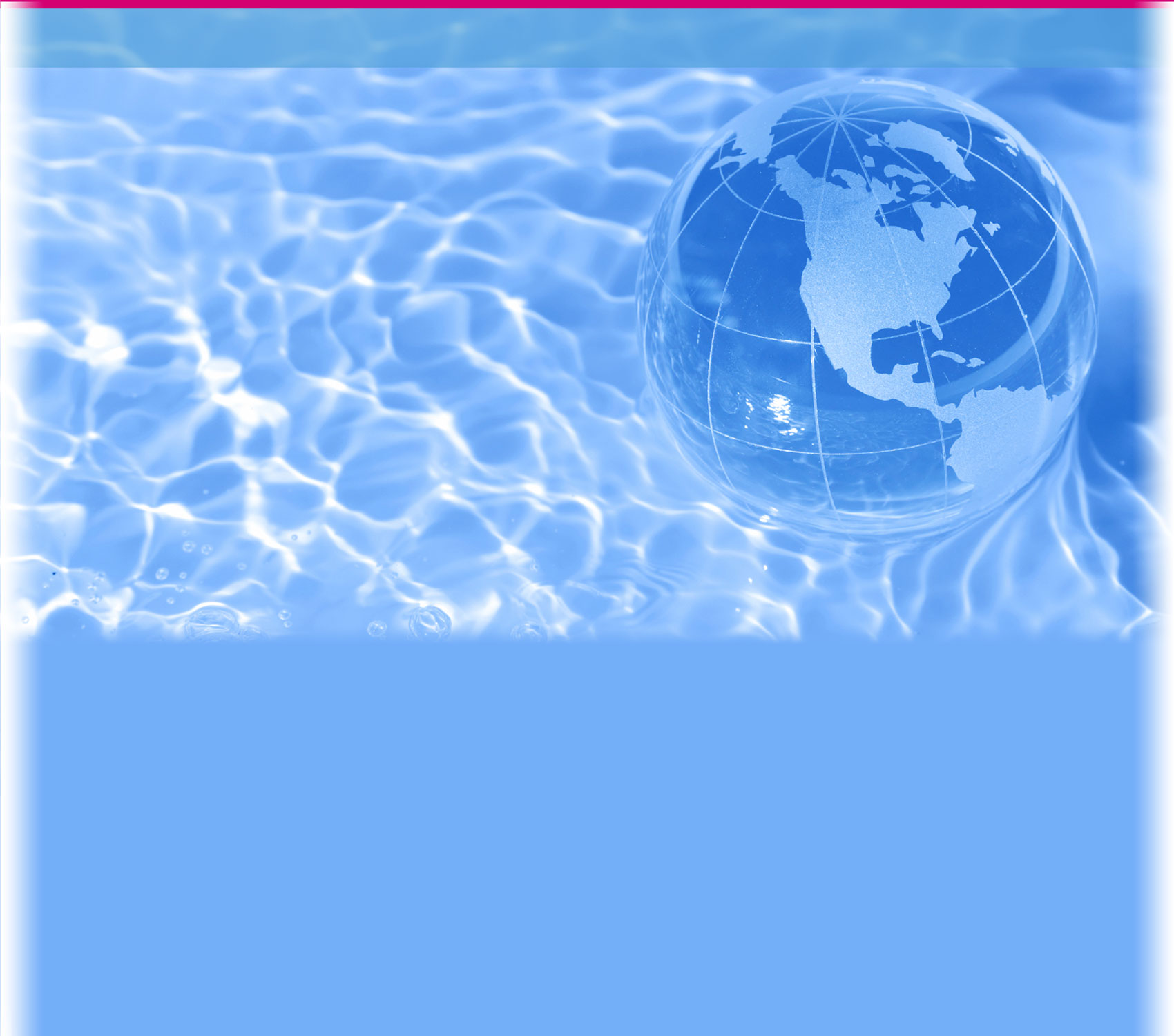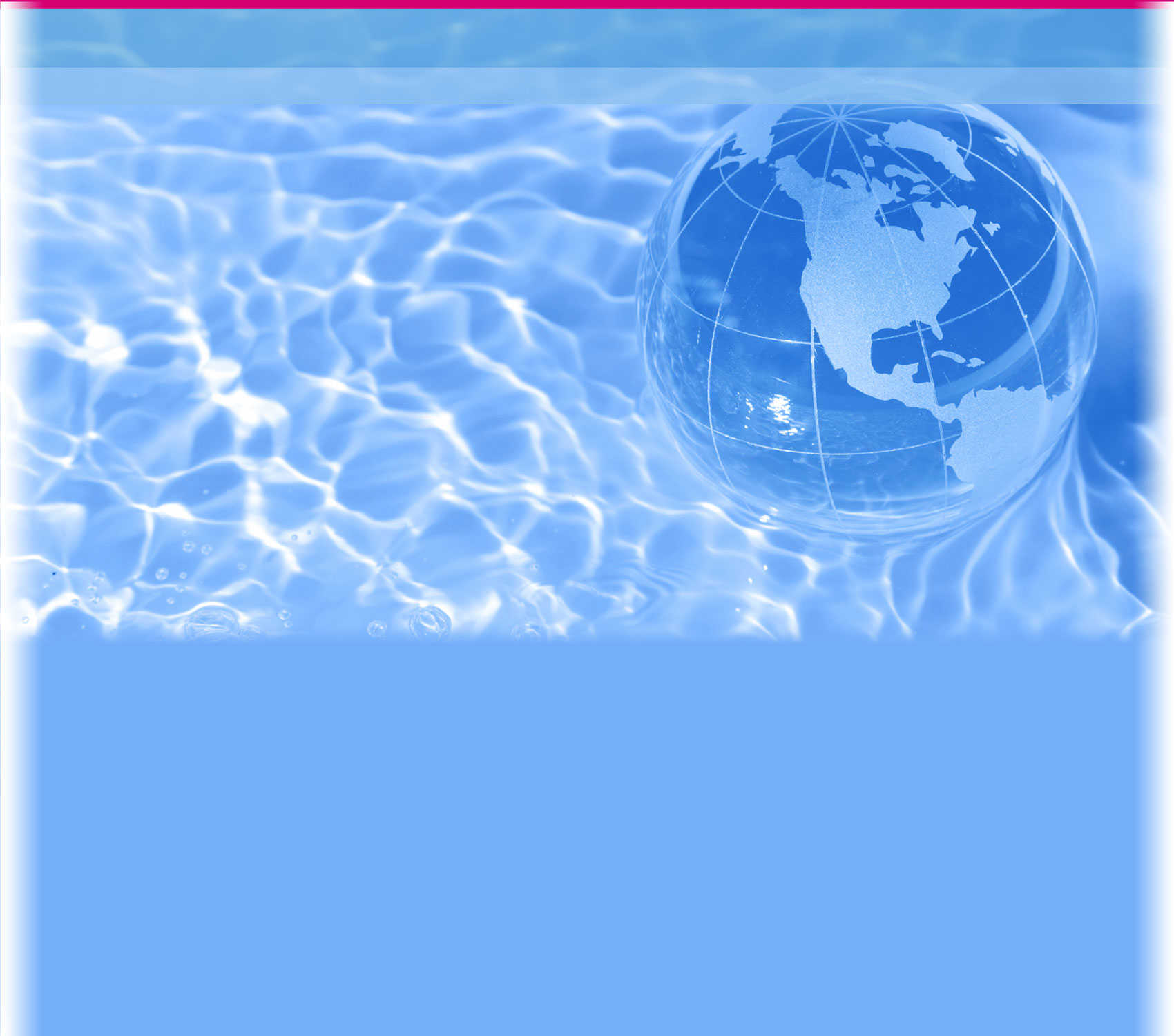Appendix I: Standards
Maryland State STEM Standards of Practice
(SSOP)
ᅠ
1. Learn and Apply Rigorous Science, Technology, Engineering, and Mathematics Content
STEM proficient students will
learn and apply rigorous content within science, technology, engineering, and mathematics disciplines to answer complex questions, to investigate global issues, and to develop solutions for challenges and real world problems.
- Demonstrate an understanding of science, technology, engineering, and mathematics content.
- Apply science, technology, engineering, or mathematics content to answer complex questions, to investigate global issues, and to develop solutions for challenges and real world problems.
2. Integrate Science, Technology, Engineering, and Mathematics Content
STEM proficient students will
integrate content from science, technology, engineering, and mathematics disciplines as appropriate to answer complex questions, to investigate global issues, and to develop solutions for challenges and real world problems.
- Analyze interdisciplinary connections that exist within science, technology, engineering, and mathematics disciplines and other disciplines.
- Apply integrated science, technology, engineering, mathematics content, and other content as appropriate to answer complex questions, to investigate global issues, and to develop solutions for challenges and real world problems.
3. Interpret and Communicate Information from Science, Technology, Engineering, and Mathematics
STEM proficient students will interpret and communicate information from science, technology, engineering, and mathematics to answer complex questions, to investigate global issues, and to develop solutions for challenges and real world problems.
- Identify, analyze, and synthesize appropriate science, technology, engineering, and mathematics information (text, visual, audio, etc.).
- Apply appropriate domain-specific vocabulary when communicating science, technology, engineering, and mathematics content.
- Engage in critical reading and writing of technical information.
- Evaluate and integrate multiple sources 0of information (e.g.: quantitative data, video and multimedia) presented in diverse formats.
- Develop an evidence-based opinion or argument.
- Communicate effectively and precisely with others.
4. Engage in Inquiry
STEM proficient students will engage in inquiry to investigate global issues, challenges, and real world problems.
- Ask questions to identify and define global issues, challenges, and real world problems.
- Conduct research to refine questions and develop new questions.
5. Engage in Logical Reasoning
STEM proficient students will engage in logical reasoning
to answer complex questions, to investigate global issues, and to develop solutions for challenges and real world problems.
- Engage in critical thinking.
- Evaluate, select, and apply appropriate systematic approaches (scientific and engineering practices, engineering design process, and/or mathematical practices).
- Apply science, technology, engineering, and mathematics content to construct creative and innovative ideas.
- Analyze the impact of global issues and real world problems at the local, state, national, and international levels.
6. Collaborate as a STEM Team
STEM proficient students will collaborate as a STEM team
to answer complex questions, to investigate global issues, and to develop solutions for challenges and real world problems.
- Identify, analyze, and perform a STEM specific subject matter expert (SME) role.
- Share ideas and work effectively with a STEM focused multidisciplinary team to achieve a common goal.
- Listen and be receptive to ideas of others.
- Analyze career opportunities that exist in a variety of STEM fields relevant to the STEM focused multidisciplinary team's goal.
7. Apply Technology Strategically
STEM proficient students will apply technology appropriately
to answer complex questions, to investigate global issues, and to develop solutions for challenges and real world problems.
- Identify and understand technologies needed to develop solutions to problems or construct answers to complex questions.
- Analyze the limits, risks, and impacts of technology.
- Engage in responsible/ethical use of technology.
- Improve or create new technologies that extend human capability.
Maryland Common Core Reading Standards for Literacy in Science and Technical Subjects
RST 9-10.1 Cite specific textual evidence to support analysis of science and technical texts, attending to the precise details of explanations or descriptions.
RST. 9-10.2 Determine the central ideas or conclusions of a text; trace the text's explanation or depiction of a complex process, phenomenon, or concept; provide an accurate summary of the text.
RST.9-10.3 Follow precisely a complex multistep procedure when carrying out experiments, taking measurements, or performing technical tasks, attending to special cases or exceptions defined in the text.
RST.9-10.5 Analyze the structure of the relationships among concepts in a text, including relationships among key terms (e.g., force, friction, reaction force, energy).
RST.9-10.7 Translate quantitative or technical information expressed in words in a text into visual form (e.g., a table or chart) and translate information expressed visually or mathematically (e.g., in an equation) into words.
RST.9-10.8 Assess the extent to which the reasoning and evidence in a text support the author's claim or a recommendation for solving a scientific or technical problem.
RST.9-10.9 Compare and contrast findings presented in a text to those from other sources (including their own experiments), noting when the findings support or contradict previous explanations or accounts.
Maryland Common Core Writing Standards for Literacy in Science and Technical Subjects
WHST.9-10.1 Write arguments focused on discipline-specific content.
1a. Introduce precise claim(s), distinguish the claim(s) from alternate or opposing claims, and create an organization that establishes clear relationships among the claim(s), counterclaims, reasons, and evidence.
1b. Develop claim(s) and counterclaims fairly, supplying data and evidence for each while pointing out the strengths and limitations of both claim(s) and counterclaims in a discipline-appropriate form and in a manner that anticipates the audience's knowledge level and concerns.
1c. Use words, phrases, and clauses to link the major sections of the text, create cohesion, and clarify the relationships between claim(s) and reasons, between reasons and evidence, and between claim(s) and counterclaims.
1d. Establish and maintain a formal style and objective tone while attending to the norms and conventions of the discipline in which they are writing.
1e. Provide a concluding statement or section that follows from or supports the argument presented.
Maryland Common Core Writing Standards for Literacy in Science and Technical Subjects
WHST.9-10.2 Write informative/explanatory texts, including the narration of historical events, scientific procedures/ experiments, or technical processes.
2a. Introduce a topic and organize ideas, concepts, and information to make important connections and distinctions; include formatting (e.g., headings), graphics (e.g., figures, tables), and multimedia when useful to aiding comprehension.
2b. Develop the topic with well-chosen, relevant, and sufficient facts, extended definitions, concrete details, quotations, or other information and examples appropriate to the audience's knowledge of the topic.
2c. Use varied transitions and sentence structures to link the major sections of the text, create cohesion, and clarify the relationships among ideas and concepts.
2d. Use precise language and domain-specific vocabulary to manage the complexity of the topic and convey a style appropriate to the discipline and context as well as to the expertise of likely readers.
2e. Establish and maintain a formal style and objective tone while attending to the norms and conventions of the discipline in which they are writing.
2f. Provide a concluding statement or section that follows from and supports the information or explanation presented (e.g., articulating implications or the significance of the topic).
WHST.9-10.4 Produce clear and coherent writing in which the development, organization, and style are appropriate to task, purpose, and audience.
WHST.9-10.6 Use technology, including the Internet, to produce, publish, and update individual or shared writing products, taking advantage of technology's capacity to link to other information and to display information flexibly and dynamically.
WHST.9-10.7 Conduct short as well as more sustained research projects to answer a question (including a self-generated question) or solve a problem; narrow or broaden the inquiry when appropriate; synthesize multiple sources on the subject, demonstrating understanding of the subject under investigation.
WHST.9-10.8 Gather relevant information from multiple authoritative print and digital sources, using advanced searches effectively; assess the usefulness of each source in answering the research question; integrate information into the text selectively to maintain the flow of ideas, avoiding plagiarism and following a standard format for citation.
WHST.9-10.9 Draw evidence from informational texts to support analysis, reflection, and research.
ᅠ
Maryland Common Core State Standards for Speaking and Listening:
SL4 Present information, findings, and supporting evidence such that listeners can follow the line of reasoning and the organization, development, and style are appropriate to task, purpose, and audience.
SL5 Make strategic use of digital media (e.g., textual, graphical, audio, visual, and interactive elements) in presentations to enhance understanding of findings, reasoning, and evidence and to add interestᅠ
SL6 Adapt speech to a variety of contexts and communicative tasks, demonstrating command of formal English when indicated or appropriate.
Next Generation Science Standards – Final Draft – High School Grade Band
Standard: Ecosystems: Interactions, Energy, and Dynamics
Performance Expectations:
HS-LS2-7. Design, evaluate, and refine a solution for reducing the impacts of human activities on the environment and biodiversity.
Standard: Earth's System
Performance Expectations:
HS-ESS2-5. Plan and conduct an investigation of the properties of water and its effects on Earth materials and surface processes.
Standard: Earth and Human Activity
Performance Expectations:
HS-ESS3-1. Construct an explanation based on evidence for how the availability of natural resources, occurrence of natural hazards, and changes in climate have influenced human activity.
Standard: Engineering Design
HS-ETS1-1. Analyze a major global challenge to specify qualitative and quantitative criteria and constraints for solutions that account for societal needs and wants.
HS-ETS1-2. Design a solution to a complex real-world problem by breaking it down into smaller, more manageable problems that can be solved through engineering.
HS-ETS1-3. Evaluate a solution to a complex real-world problem based on prioritized criteria and trade-offs that account for a range of constraints, including cost, safety, reliability, and aesthetics, as well as possible social, cultural, and environmental impacts.

